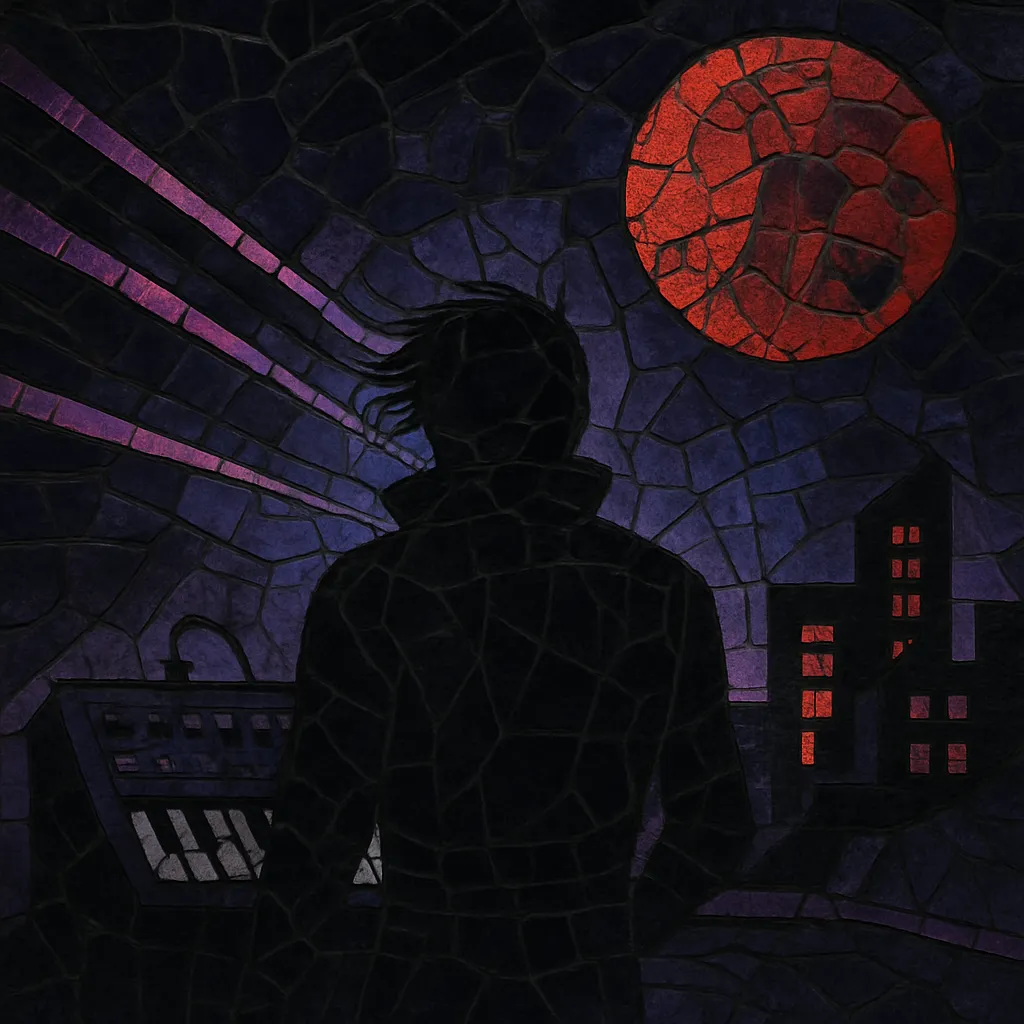Darksynth is a brooding, aggressive offshoot of synthwave that fuses 1980s cinematic synth aesthetics with the bite of industrial and EBM. It emphasizes distorted bass arpeggios, minor-key motifs, and ominous atmospheres inspired by slasher films, cyberpunk dystopias, and occult imagery.
The style typically features saturated analog-style timbres, reese and FM basses, gated reverbs, and pounding, 80s-informed drum programming. While it retains retro color and melody, it pushes into harsher sound design, higher contrast dynamics, and heavier rhythmic impact than most synthwave, often flirting with metal’s intensity and industrial’s menace.
Darksynth crystallized in the early 2010s as a darker, heavier branch of the synthwave revival. French artists in particular—drawing on John Carpenter–style horror scores, 80s action soundtracks, EBM, and industrial—pushed beyond nostalgic “outrun” tropes into saturated distortion, sinister harmonies, and club-ready power. Early releases by producers like Perturbator, Carpenter Brut, and Dan Terminus helped define the blueprint: pummeling arpeggios, cinematic tension, and a “neon-noir” visual identity.
Independent labels and online communities (Bandcamp, boutique imprints, and YouTube channels) enabled rapid cross-pollination with industrial, metal, and dark electro. Live shows began incorporating guitar, live drums, and heavy visual production, while collaborations with vocalists and remix culture expanded the palette. Aesthetic touchstones included cyberpunk fiction, VHS-era horror, and retro-futurist graphic design, which reinforced the genre’s identity beyond pure sound.
By the late 2010s, darksynth spread internationally, influencing adjacent scenes such as wave/bass music and cyber metal, and intersecting with film/TV/game scoring. Artists experimented with faster tempos, more complex song forms, and hybrid instrumentation (e.g., live guitars over synth backbones), while still foregrounding ominous atmosphere and evocative hooks.
Modern darksynth ranges from cinematic slow-burners to high-octane, club-focused tracks. While rooted in 80s sonics, it continues to evolve through contemporary production techniques, denser sound design, and cross-genre collaborations.


